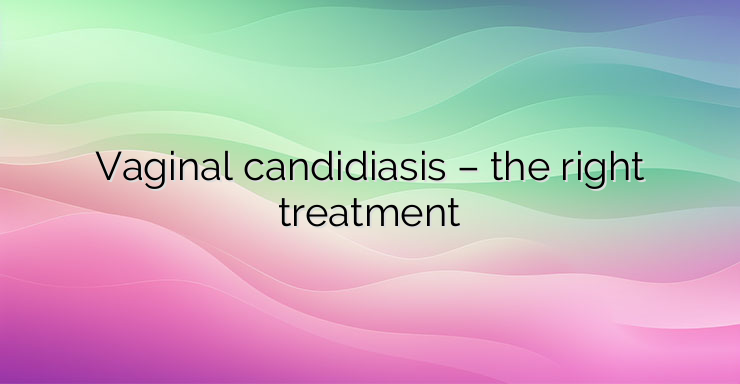You feel an intimate discomfort. You are very worried about the strong genital itching, which is vestibular (in the vestibule of the vagina) and increases in intensity after sex. You have complaints of irritation, pain during sexual intercourse, a burning sensation when urinating. Vaginal discharge is not abundant, it is white, thick and does not smell bad (for example, of rotten fish). The vulva (the tissue around the vagina) is red and the labia majora is swollen from the intense scratching. If you are one of the many who have ever experienced these symptoms, then, most likely, the complaints were related to the condition vaginal candidiasis. Vaginal candidiasis is caused by fungal microorganisms of the genus Candida. They are considered part of the natural bacterial flora of the gastrointestinal tract and of the microflora in the vagina in healthy women in up to 50% of cases. They can also be found commonly on the mucous membranes of the urogenital tract and in the mouth without their colonies indicating disease. It is not entirely clear what is the mechanism for the development of vaginal inflammation, but some predisposing factors have been identified. Premenstrual syndrome, pregnancy and taking oral contraceptives change the local status of sex hormones, which can trigger mycotic infection. The use of broad-spectrum antibiotics, corticosteroid therapy, the use of immunosuppressants suppress the “good” bacteria (lactobacilli) and the fungi grow. These microorganisms develop best in an acidic environment, which is usually vaginal, which distinguishes the disease from bacterial vaginosis, for example – for more information about this disease, click here: “Bacterial vaginosis – how does it proceed?”. Also, the high amount of glycogen promotes the growth of Candida. Therefore, fungal infections are common in pregnant women, overweight women and diabetics. Women with diabetes are at risk for developing recurrent vaginal candidiasis, which is defined as 4 or more episodes of symptomatic candidiasis in one year. In them, the treatment is not so successful, the fungi become resistant to the medications and the causative agent changes – from Candida albicans to rarer representatives of the genus such as Candida glabrata, Candida krusei. NEWS_MORE_BOX The treatment of vaginal mycosis is divided into two directions – uncomplicated and complicated. Uncomplicated means sporadic, mild in non-immunocompromised women and with the causative agent C. albicans. Complicated fungal vaginitis is a recurrent, highly pronounced infection in diabetics, pregnant women or women with reduced immunity and with a non-albicans type of infection. The drugs that are used for local treatment (intravaginal) are the following: clotrimazole in the form of a cream for 1-2 weeks or tablets (100 mg for 1 week or 500 mg once) or miconazole as a cream for 7 days or vaginal suppositories (100 mg for 7 days or 200 mg for 3 days).Recurrent vaginal candidiasis requires the initiation of systemic antifungal therapy for 6 months after intravaginal therapy. Recommended regimens are: fluconazole 150 mg per 1 tab. weekly or clotrimazole 500 mg per 1 tab. per week. Vaginal mycosis caused by non-albicans species is treated with clotrimazole or miconazole, but not with fluconazole because most strains are thought to be resistant to it. Nystatin is a last line of therapy for recurrent infections. This article is intended to increase your health culture and does not encourage self-medication. In the presence of gynecological symptoms, I always recommend consulting a professional specializing in obstetrics and gynecology.


Leave a Reply